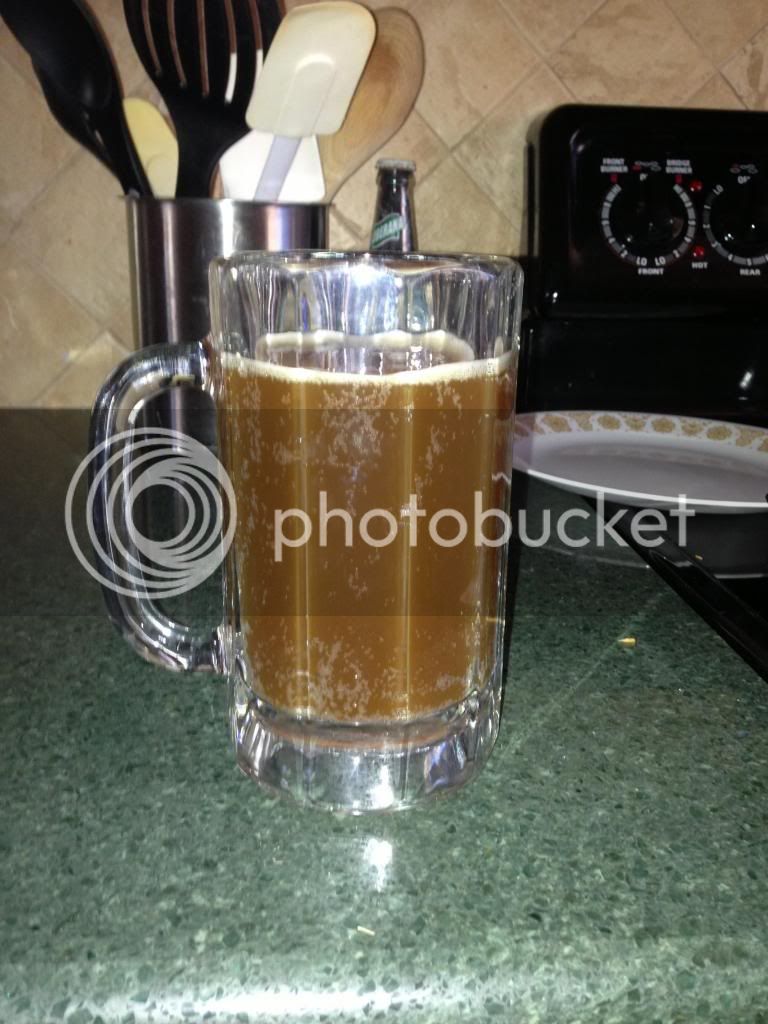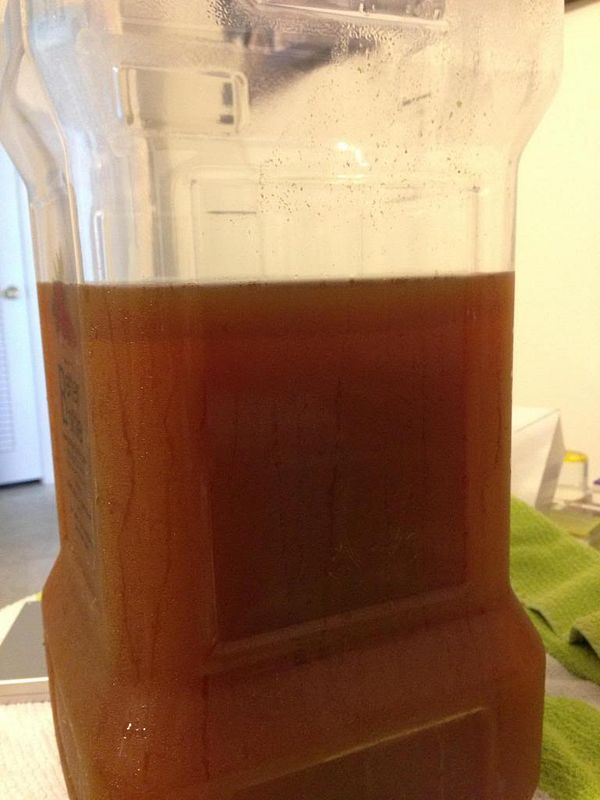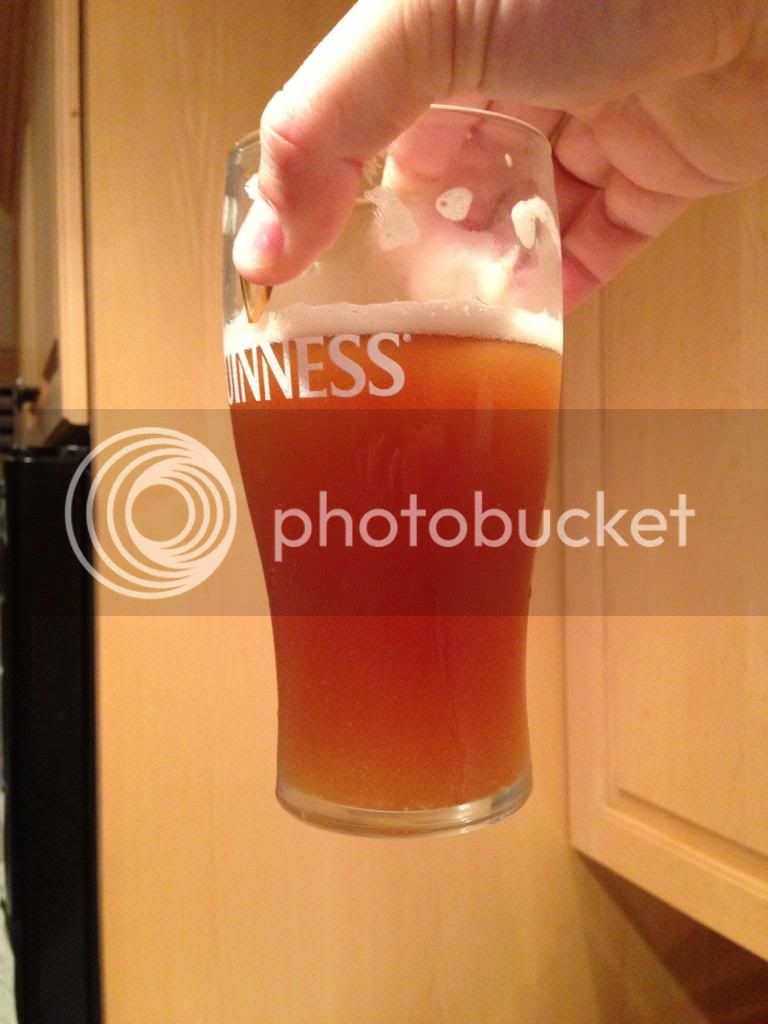Chris7687
Well-Known Member
Hey guys, so this is what my recipe looks like bottled.... Nothing like I pictured in my head.




Hey guys, so this is what my recipe looks like bottled.... Nothing like I pictured in my head.
dbsmith said:Hahaha. I think it is going to need some conditioning time...
Dbsmith - thank you for the kind note of encouragement. Glad you are utilizing the full purpose of these threads by trouble shooting and providing helpful guidance on the awesome hobby of Homebrewing.

In regards to the starch conversion, can you provide a further explanation? I have read before that you just take a sample of the mash and do an iodine test, am I correct in saying this? How will this help with clarity?

Chris7687 said:eric - I am not sure where I mentioned I only fermented for 4 days, but if I did please assume that was done in error.

Taste great. Very citrusy, from all the late Cascade additions and dry hopping with Centennial. No off flavors that I am aware of that are present. I have served my beer like this at my home brew club events and have had nothing but praise for the taste. The visual is something I am embarassed of, but don't know how to fix it. Trying to trouble shoot here. I have 10 gallons that will be served here for the Tampa Bay Beer Week coming up in three weeks. I am going to transfer them to kegs once dry hopping is done come Sunday, add some geltain, and keep them nice and cold until the event. Hopefully that will fix some of my clarity issue, but not strip out to much of the hop aroma and flavors.
Enter your email address to join: